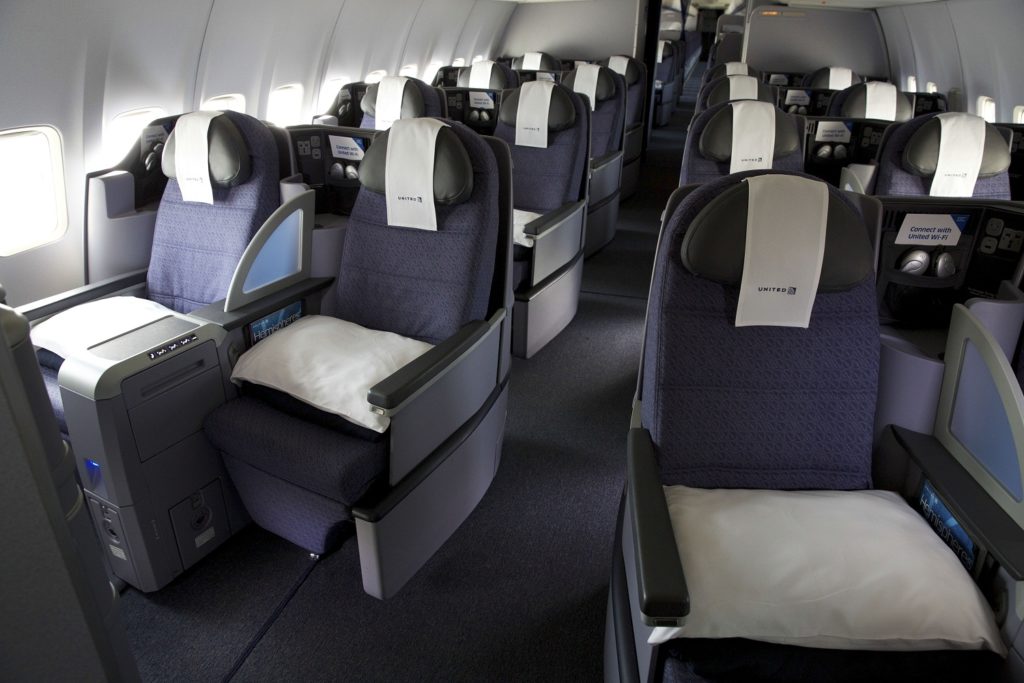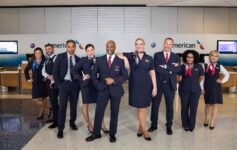
We’ve seen a steady stream of cheap business class fares of late, and it is not unreasonable to question why this fundamental change is occurring.
The bean counters have figured something out – leisure and business travelers at the margins are willing to pay a bit more to secure premium cabins well in advance of travel. I won’t say upgrades are dead, but most decisions in life are predicated upon a cost/benefit analysis and the whole upgrade waiting game grows tiresome when the sure thing only requires a little more spending. And let’s be clear – that is exactly the way the airlines want it to be. Were it as easy as a few clicks to use your miles to upgrade, it rarely would make sense to buy business class tickets.
But when you are left hanging, often till minutes before boarding, as to whether you get the upgrade, the thought of paying a bit more to secure your “upgrade” in advance becomes oh so appealing. I certainly speak from personal experience here.
Airlines were thus faced with a choice. Continue to price premium cabins in a frankly incongruous way, hoping to attract a few leisure travelers willing to cough up huge sums along with corporate travelers whose company travel policies dictated carrier choice. That left an opening for a lot of upgrades, often filled by travelers like me who would buy the cheapest upgradable coach ticket and then upgrade. It sort of balanced out.
But in escalating a program of selling cash upgrades to anyone willing to pay over the last several years, airlines found that consumers were very interested in paying to confirm a comfortable seat at a rate that still was profitable to the airline. And so we’ve seen a new frontier of pricing – business class pricing that is not 8-10x the price of an economy but often only double, if even that.
The plan seems to be working. I had dozens of clients jump on the British Airways business class tickets last week and we are not just talking about international travel, I’m seeing more and more people spend $800 instead of $500 on a domestic r/t just to avoid playing the upgrade roulette. And you know something? I’ve bought domestic first class tickets this year as well, a first for me (not counting mistake fares)…
So the question then is what are these seats worth? Are airlines conceding these seats are not worth what they once charged or just innovating in light of changing consumer demands and a growing desire for premium travel?
A little of both. The answer to my question is that airlines have simply realized that in this economy, they can make up in volume for what they lose in price and at the end of the day, attracting customers willing to consistently buy premium cabin tickets may be just as smart as rewarding very frequent travelers with complimentary upgrades on cheaper tickets. Because if those frequent travelers are like me or my friends, they are still loyal and now just more likely to spend even more than before.
The good news is we are going to see a lot more reasonably priced premium cabin tickets. Stay tuned!




I totally agree. There is a lot of premium inventory on transatlantic routes and the airlines are realizing that it may make more sense to sell the excess in these flash sales rather than dole it out as awards or upgrades. Of course, this is not good news for those leisure travelers for whom $1,000-$1,400 is still a lot of money for an airline ticket and who were hoping to use miles for that dream holiday. But money talks louder than loyalty nowadays for the airlines.
Maybe for you. Not for me. Do you have any statistics? What sort of percentages for each airlines and flights?
@Randy — Delta just published numbers — they now sell 52% of premium seats (versus in the 20% range five years ago). United/AA is based purely on observation, which is substantial considering I spent all day every day sifting through this stuff.
Selling a premium seat isn’t necessarily a business fare and only indirectly addresses price.
I’ve often wondered why airlines like UA did not make upgrades with miles more accessible for fully refundable international economy fares, which would generate about 2-3 times basic economy revenue, plus motivate the frequent flyers who have the most flexibility to purchase and have the miles (which for many of us are not hard to get, but to the average leisure flyer, probably out of reach).
Five years ago was the height of the financial collapse which led airlines to cut capacity all around. Then came the mergers and rationalization of routes, further reducing the actual number of premium class seats. And the latest round of cabin refurbishments at DL and AA made business 1-2-1 vs 2-2-2 or 2-3-2, again reducing inventory. So it’s no wonder DL’s stats show the sell rate has risen from 20% to 50%+. I am not doubting more seats per premium cabin are being sold in advance and thus reducing upgrade likelihood, but there were numerous other factors at play (like immediate upgrading on North American flights for certain high Y fares).
I suspect part of BA’s ploy, aside from getting a head start at filling all those J seats for the 4th Q 2015 and the first couple of Qs 2015, is to lure leisure (and some business) customers away from the Gulf airlines who are eating into its premium market…given the airline can’t compete with the actual soft product. And remember, inventory even on these fares can be controlled so as to ensure enough seats remain to go at higher fares for normal business traveler needs. Yes, I agree such sales will have an impact on upgrading, but BA and the other non-American airlines participating in such sell-offs don’t have the same upgrade practices as AA, DL or UA…and these carriers have not themselves initiated such sales. SWU and miles upgrades will still have their place since not all of us can afford (or even hear about) these sales…or become instant youth members of the AARP.